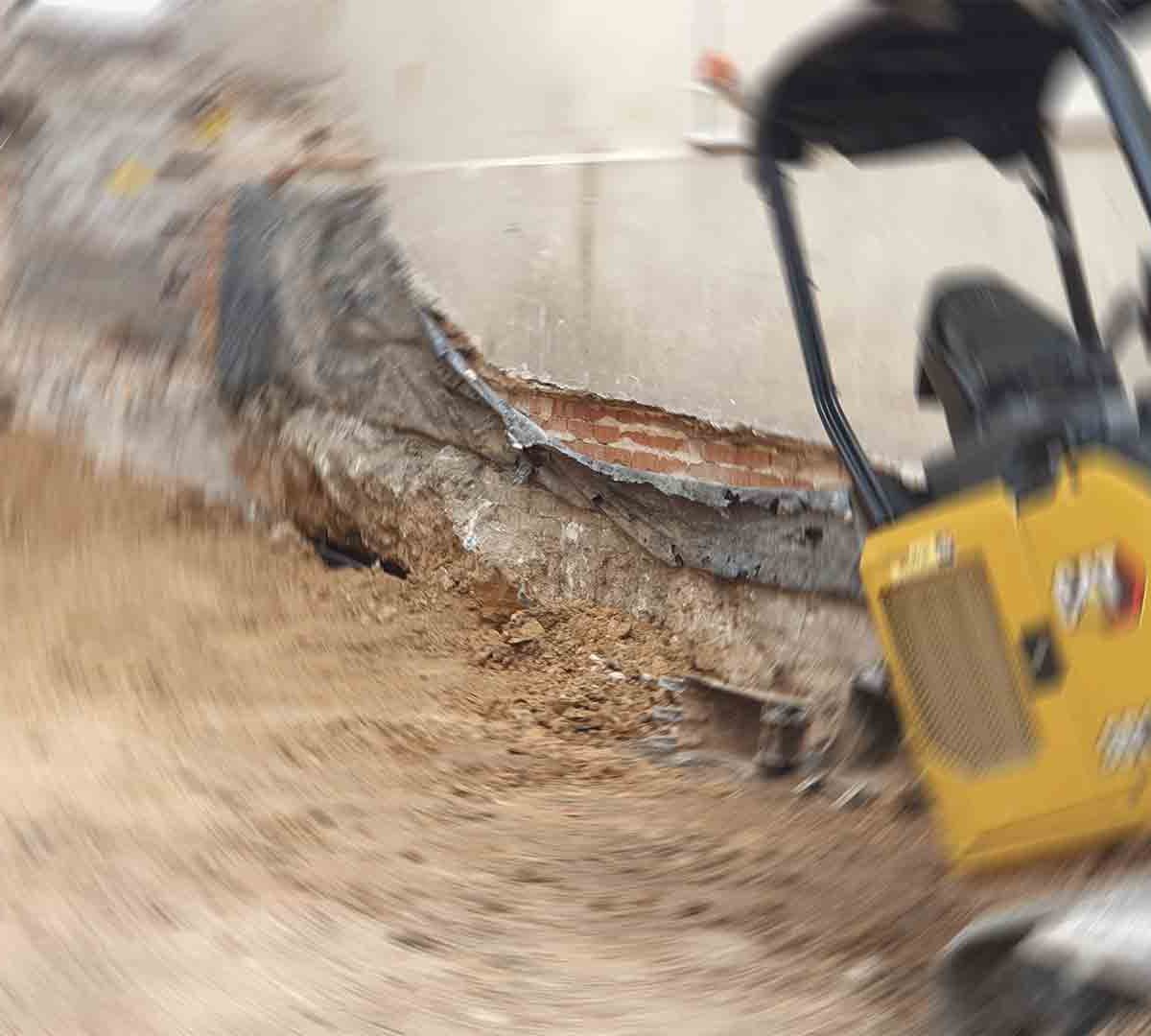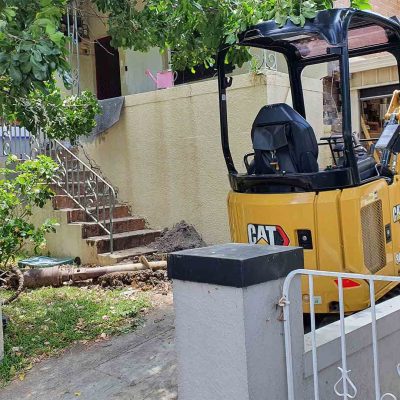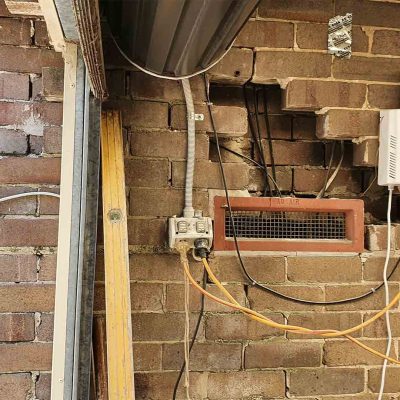Introduction
DIY retaining wall projects can be a rewarding and cost-effective way to enhance your outdoor space while tackling slope and erosion issues. However, like any DIY endeavor, building retaining walls presents its own set of challenges and considerations. In this blog, we’ll explore tips and address common challenges associated with DIY retaining wall projects.
Tips for DIY Retaining Wall Projects
- Detailed Planning: A well-thought-out plan is the foundation of any successful DIY retaining wall project. Start by determining the purpose of the wall (e.g., erosion control, landscaping, or structural support), the required height, the choice of materials, and a budget.
- Legal Requirements: Check with local authorities and obtain the necessary permits and permissions for your retaining wall project. This step is essential to ensure compliance with building codes and regulations.
- Material Selection: Choose the right materials for your project based on the intended purpose, aesthetics, and your budget. Common options include concrete blocks, bricks, natural stone, or timber.
- Proper Drainage: Adequate drainage is crucial to prevent water buildup behind the wall, which can lead to erosion and structural issues. Consider including a drainage system, such as weep holes, French drains, or perforated pipes.
- Foundation: Ensure a stable foundation by preparing a level trench and, if needed, installing a layer of compacted gravel or concrete. A solid foundation is essential for the wall’s stability.
- Proper Installation: Follow the manufacturer’s guidelines and best practices for installing the chosen material. Pay attention to alignment, levelness, and the use of adhesive or mortar as required.
- Backfilling: Carefully backfill the area behind the wall with well-compacted soil in thin layers. This minimizes settling and ensures the structural integrity of the wall.
- Landscaping and Aesthetics: Consider how your retaining wall fits into the overall landscape design. Incorporate landscaping elements, such as plants, shrubs, or decorative stone, to enhance the visual appeal.
- Maintenance: Regular maintenance is essential to ensure the longevity of your retaining wall. Check for signs of erosion, shifting, or damage and address any issues promptly.
Challenges in DIY Retaining Wall Projects
- Complexity: Retaining walls can be deceptively complex to build, especially for larger walls or those requiring structural support. If you’re a novice DIYer, it’s important to educate yourself and consider seeking professional guidance.
- Permit and Regulatory Issues: Obtaining the necessary permits and adhering to local building codes can be challenging and time-consuming. Failure to do so may lead to costly legal issues down the line.
- Soil Stability: Understanding the soil conditions is crucial. Different soils have varying drainage and load-bearing capacities, which can impact the design and construction of the retaining wall.
- Foundation Preparation: Properly preparing the foundation is critical, and getting it wrong can lead to structural instability and safety concerns.
- Alignment and Leveling: Achieving proper alignment and leveling can be challenging, especially in larger projects. Misalignment can compromise the stability and aesthetics of the wall.
- Materials and Costs: Material selection and costs can be a major consideration. High-quality materials often come with a higher price tag, and failing to budget correctly can lead to project delays or cut corners.
Conclusion
DIY retaining wall projects offer an opportunity to enhance your outdoor space, but they come with challenges that should not be underestimated. By carefully planning, choosing the right materials, and understanding the potential hurdles, you can navigate the process more effectively. If you’re tackling a larger or more complex project, consider consulting with a professional to ensure the safety and longevity of your retaining wall. With the right approach and a dose of determination, your DIY retaining wall project can successfully transform your outdoor space while mitigating slope and erosion issues.



